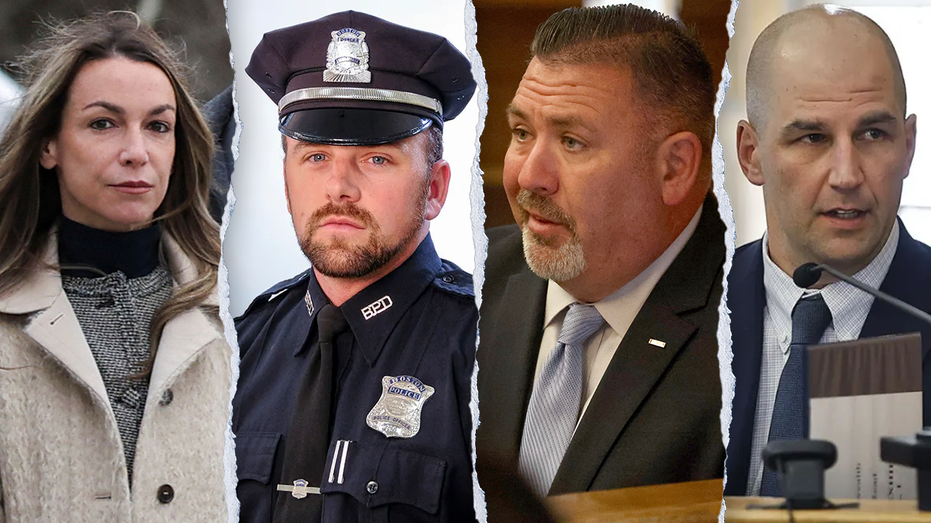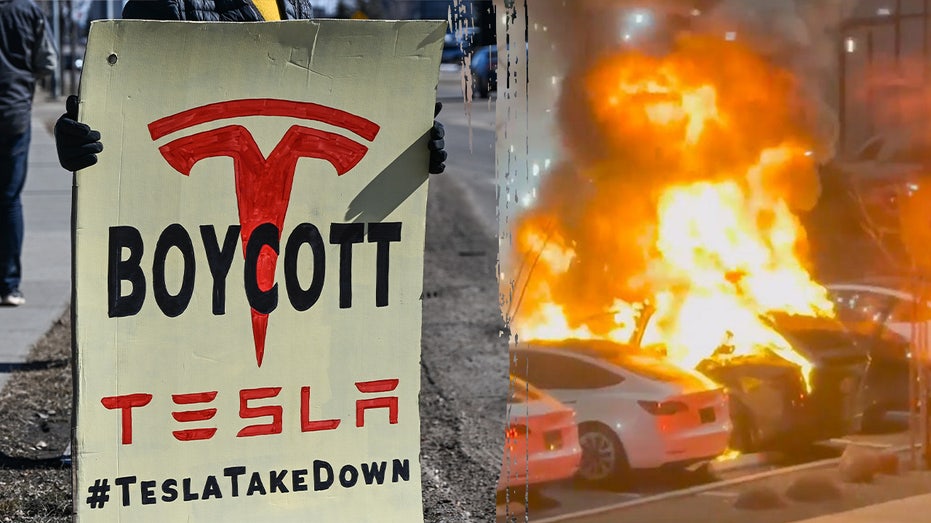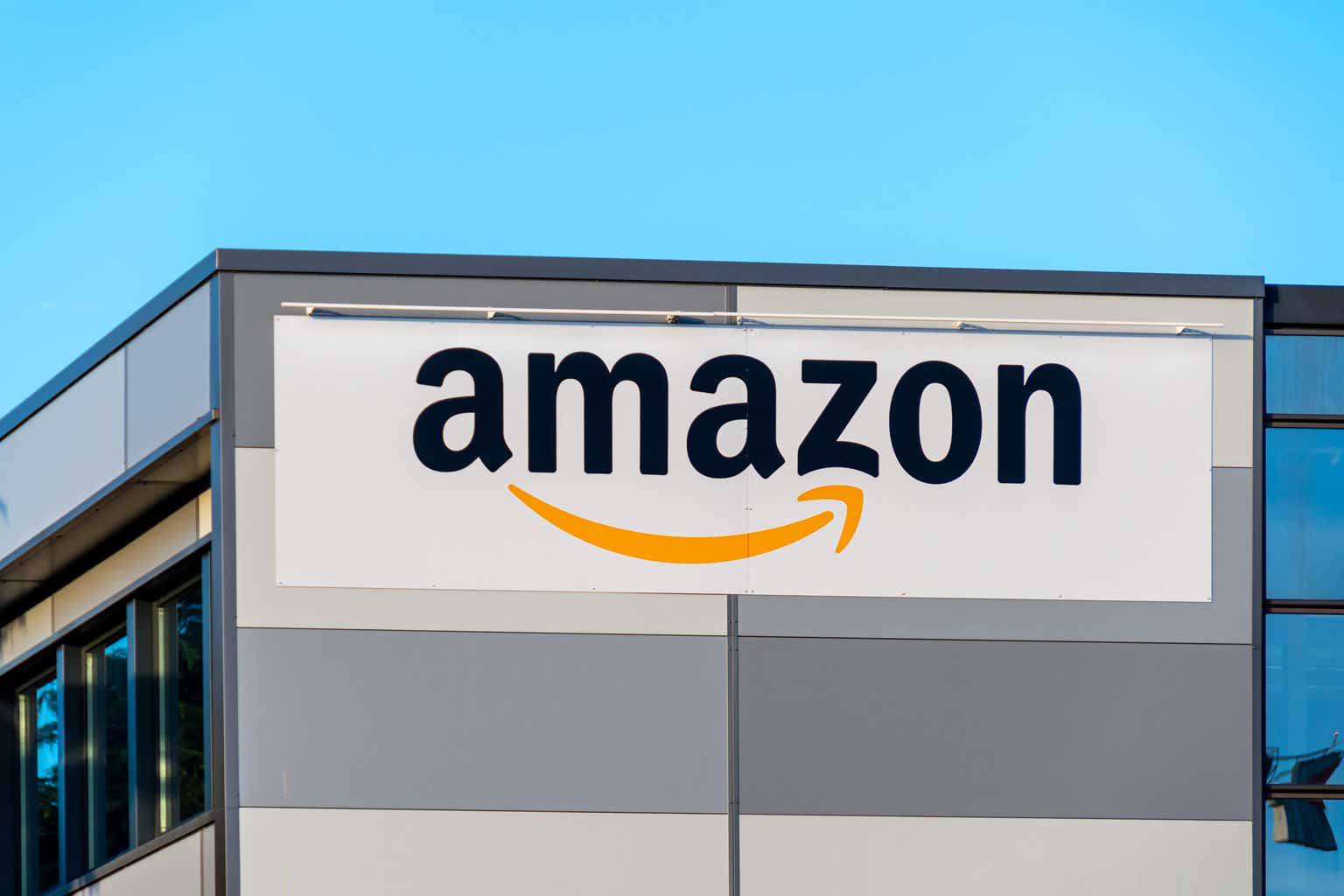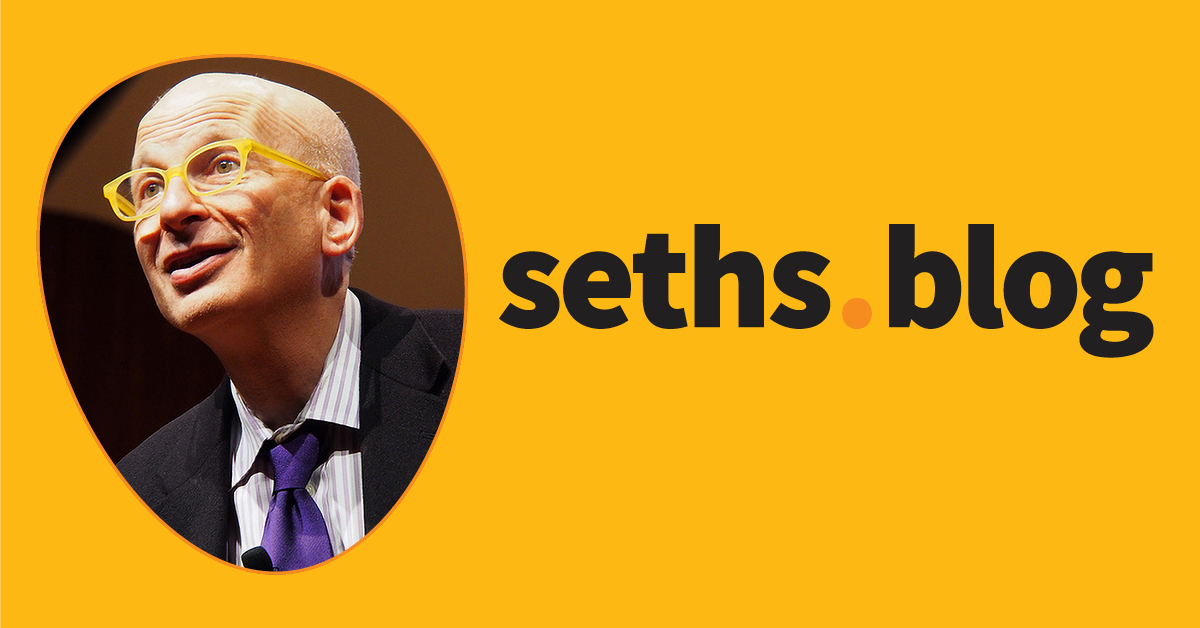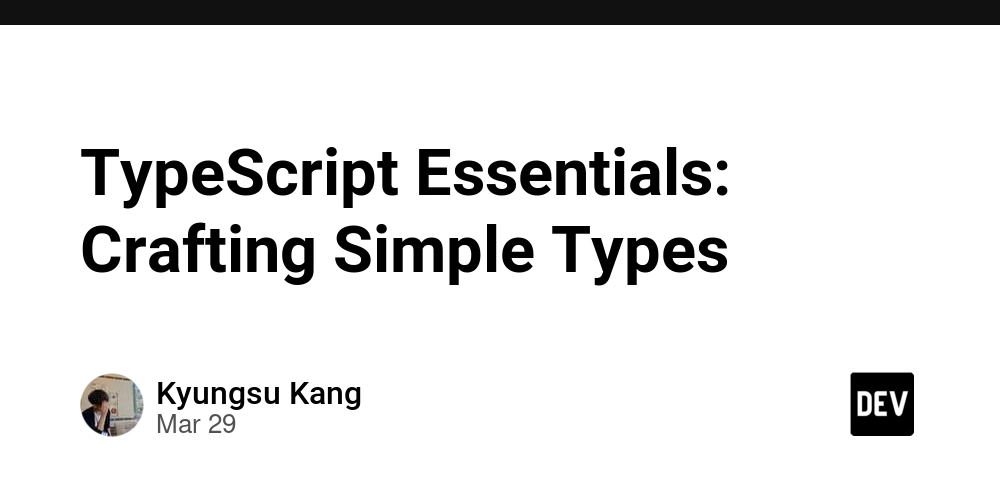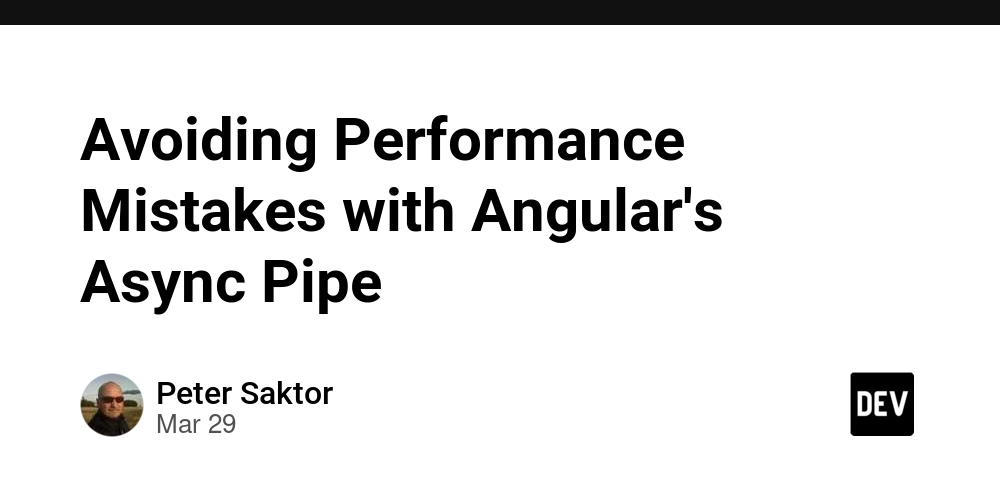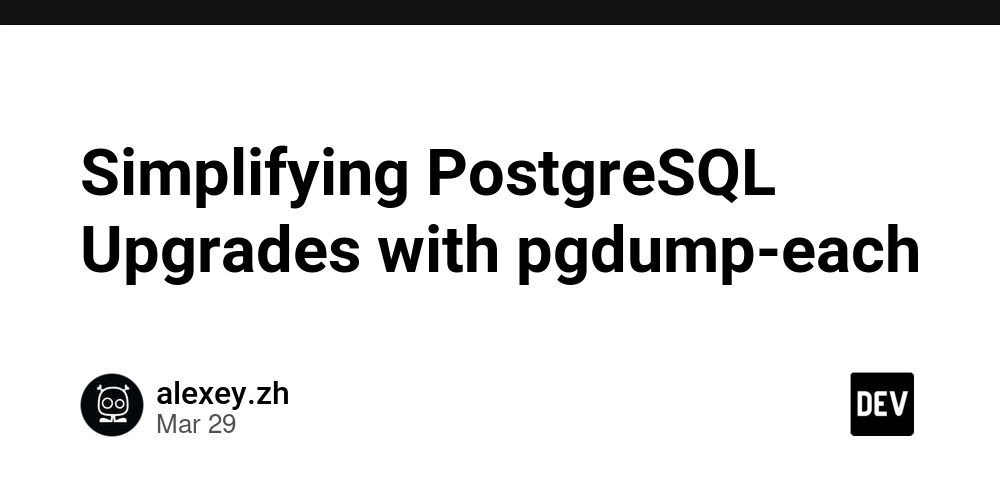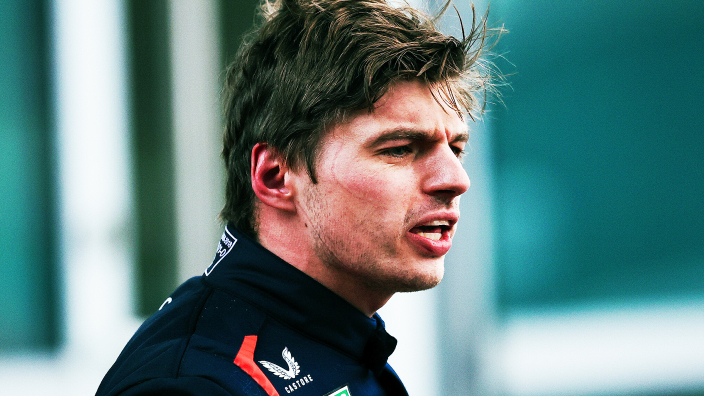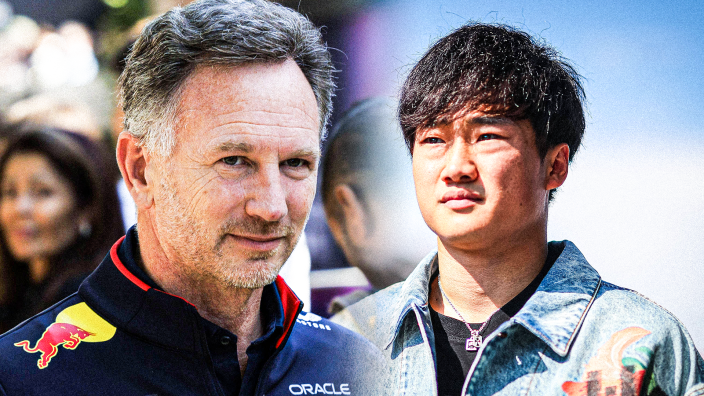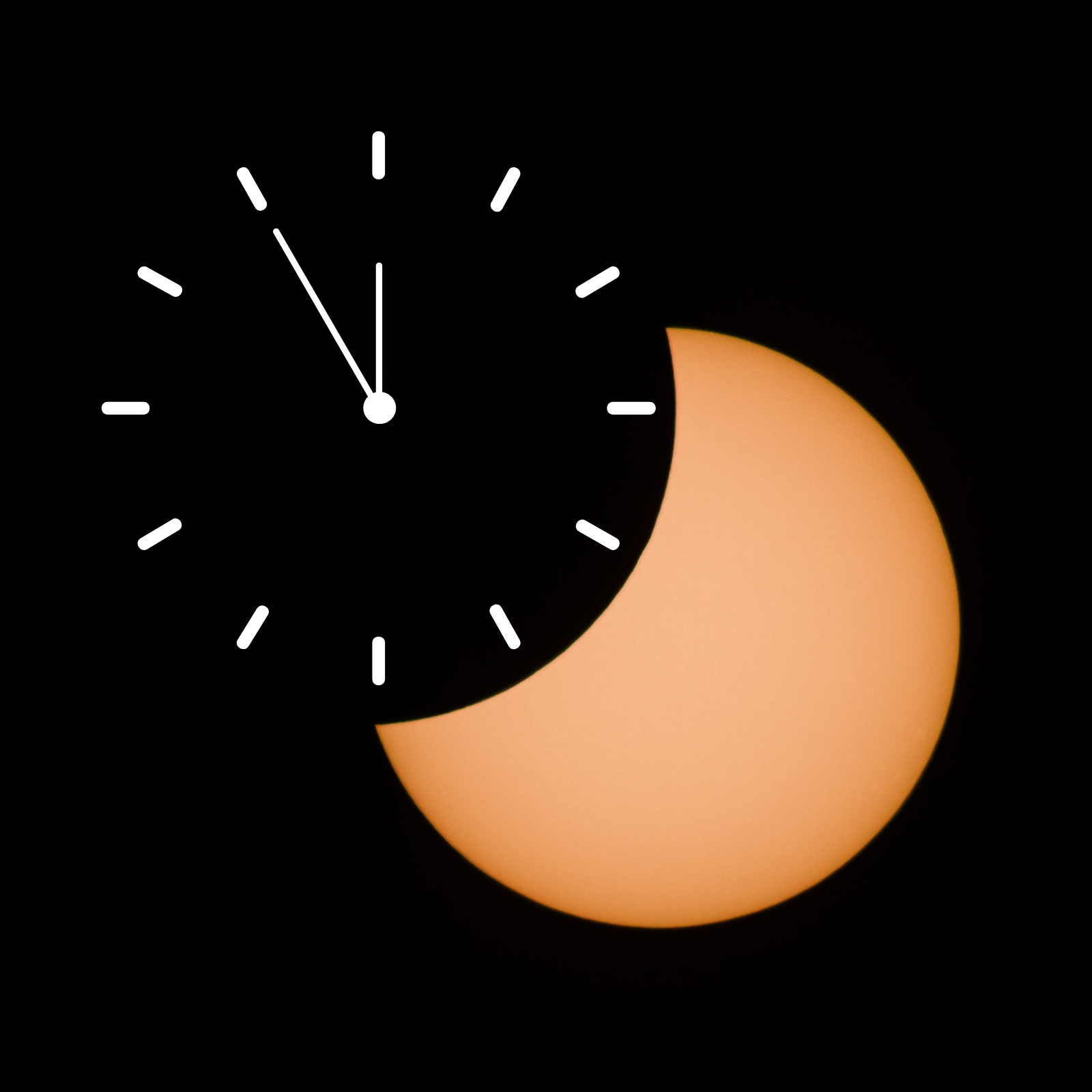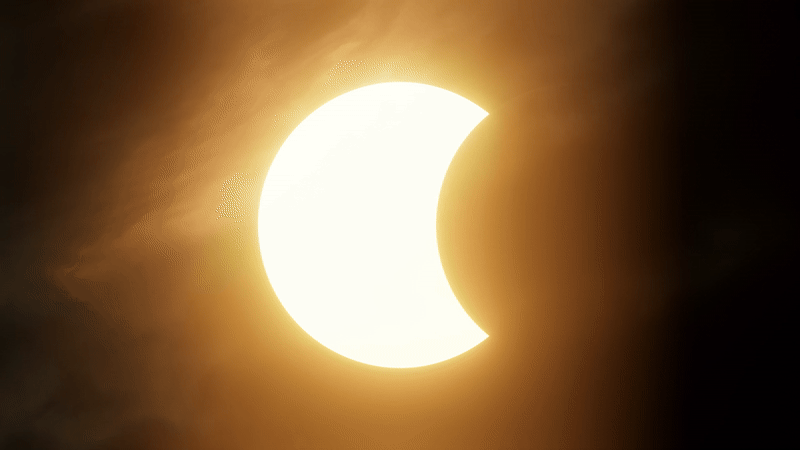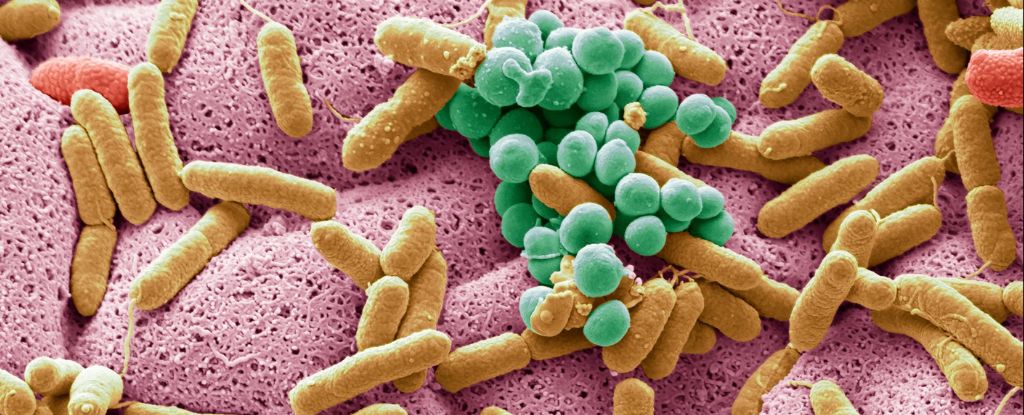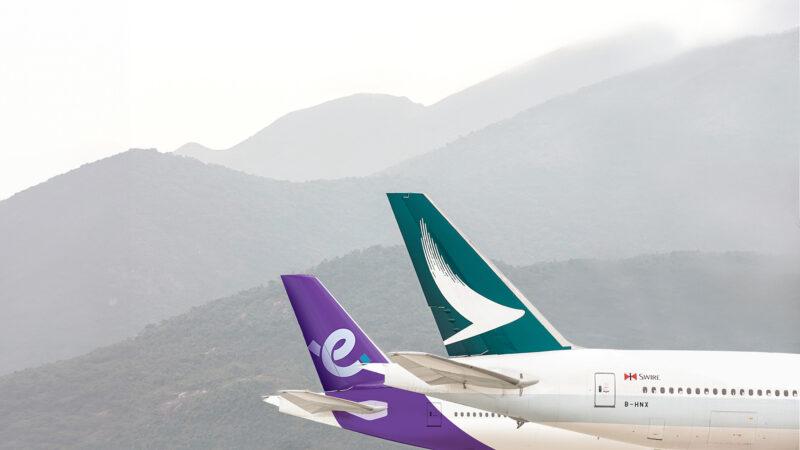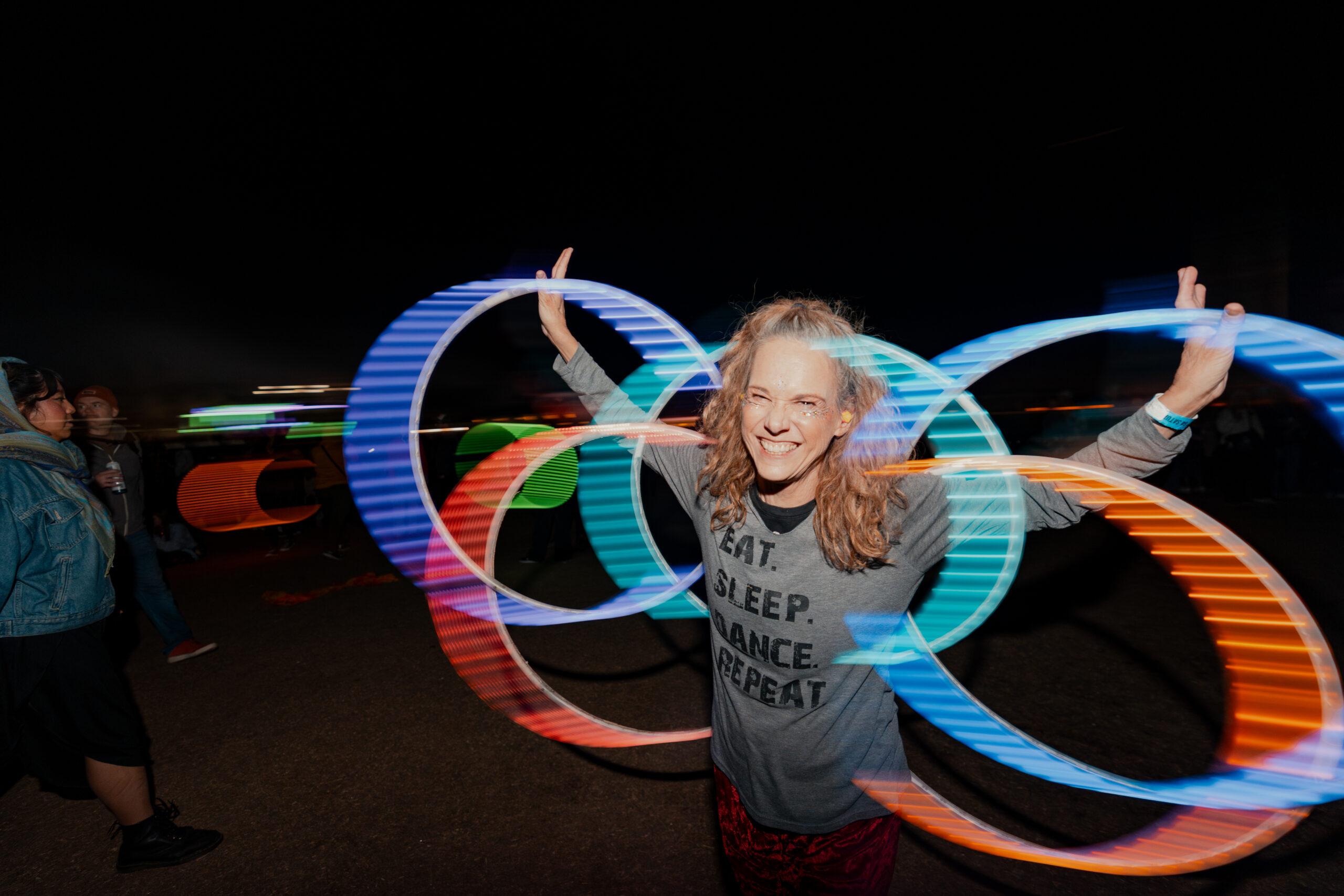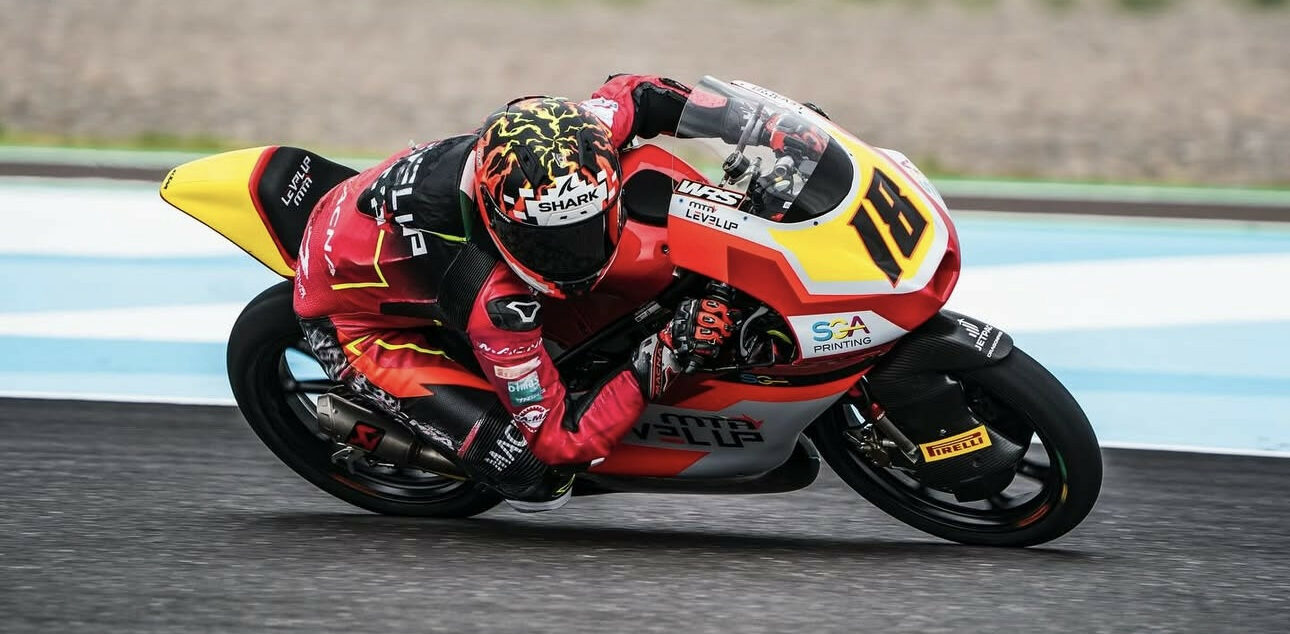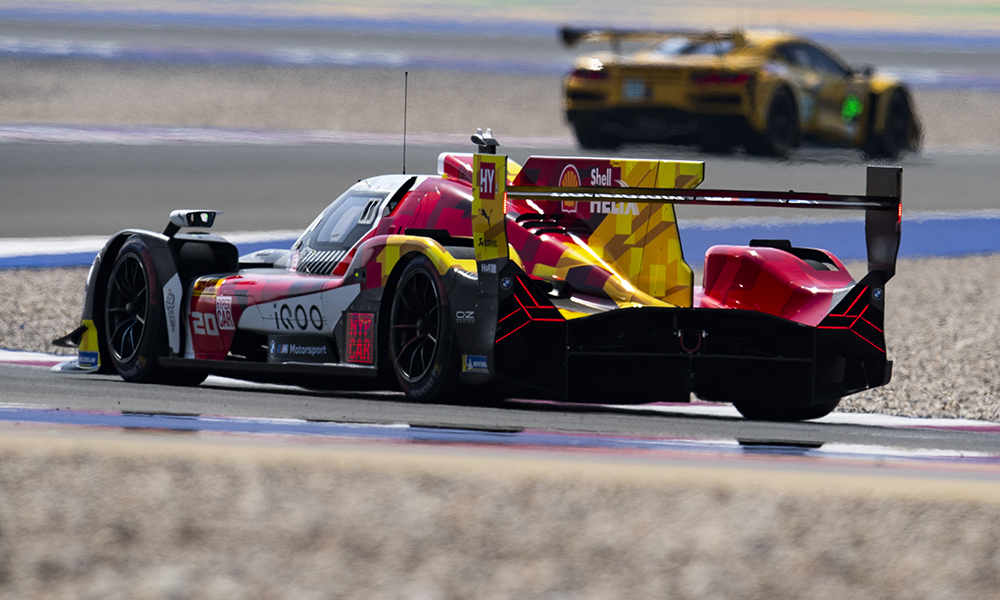Dunlop Feels Breakthrough Close After Strong Testing Form
Dunlop's Yoshi Yasuda on why GT500's minnow tire brand can head into 2025 season feeling confident...
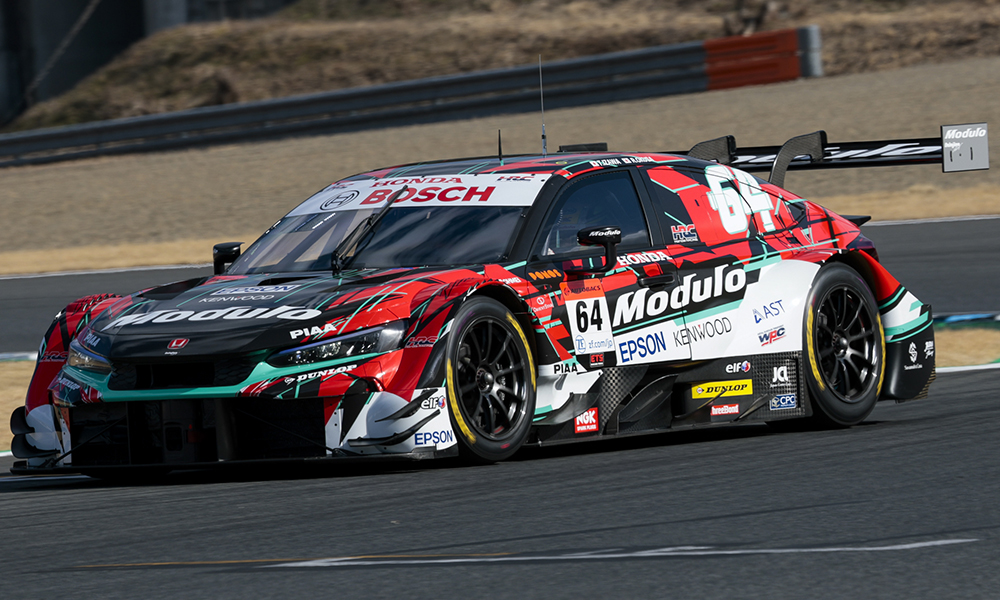

Photo: Dunlop
Dunlop has expressed confidence of a more competitive season in SUPER GT’s GT500 class this year after an encouraging pre-season so far for Nakajima Racing.
For the third season in a row, Dunlop goes into 2025 supplying a single car in the series’ top division this year, with veteran Takuya Izawa and Riki Okusa sharing the No. 64 Honda Civic Type R-GT for a second campaign.
The duo endured a tough 2024 season that yielded a best finish of sixth in the summer Fuji round, and only two other points finishes, en route to 13th in the standings, but the No. 64 car has enjoyed a much more positive off-season.
Izawa set the fifth-best time on the final day of the Sepang test in January, before Okusa posted the second-fastest time on the opening day of last month’s makers’ test at Fuji Speedway, behind only Sho Tsuboi’s TOM’S Toyota GR Supra.
Okusa backed up that up with another top-five in this month’s official Okayama test.
Dunlop Japan’s motorsport department manager Yoshi Yasuda feels the evidence suggests Dunlop is in a better position now than at any point in the past few seasons, with a change of set-up philosophy on the No. 64 paying dividends.
Yasuda told Sportscar365: “We haven’t been so good at Fuji and Okayama in the past, but the good lap times from testing makes us more confident.
“Things are changing little by little: not only the tires themselves, but it’s also the car set-up that has improved to give a better contact patch.
“When you have a good contact patch, it improves your understanding of the tire’s performance and the rate of progress becomes quicker, and that means the development for the construction and compounds is proceeding quickly.
“In the past, when we were not so competitive, our analysis showed that there were examples of contact patch problems. It’s something that has held us back, so we have been working closely with the team to improve that side.”
Yasuda feels the positive test results of the past months is a continuation of a trend that began in the middle of the last year, with the Nakajima Honda qualifying third at Fuji and then taking a pole position in the penultimate round at Motegi.
“The real start was last year’s June Fuji test, and then we had a good weekend at Fuji [Round 4] as we made a lot of progress with the compound,” he said.
“We applied that to the [September] Motegi test [where the Nakajima Honda was fastest overall] as well, and then the big improvement came in the Sepang test.”
Dunlop is still searching for a first GT500 victory since 2017, when it won the Suzuka 1000km, but Yasuda says that finding consistent form across the entire calendar is a bigger priority now than a single headline-grabbing result.
“Our best chance is still Suzuka, but we are getting better at Okayama and Fuji, and Sepang was also good for us [in testing],” he said.
“We’re not just targeting victory but also to consistently be in the fight for top positions and scoring points. I think we should shift our way of thinking in that direction, because we are getting better at every track.”
Together with Yokohama, which supplies two cars in the GT500 class, Dunlop is entitled to 44 hours of in-season testing this year (as opposed to the standard allowance of 16 hours for Bridgestone) after not winning a race last year.
However, Yasuda expressed skepticism that Dunlop will be able to use its full allocation owing to limited track availability and Nakajima’s Super Formula commitments.
